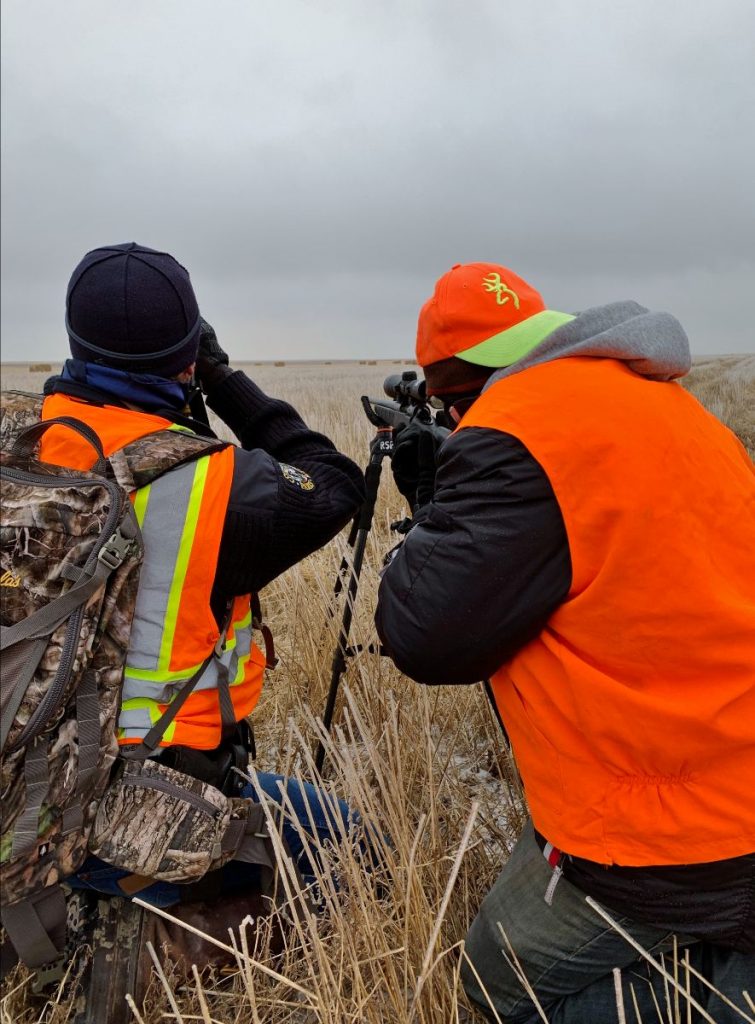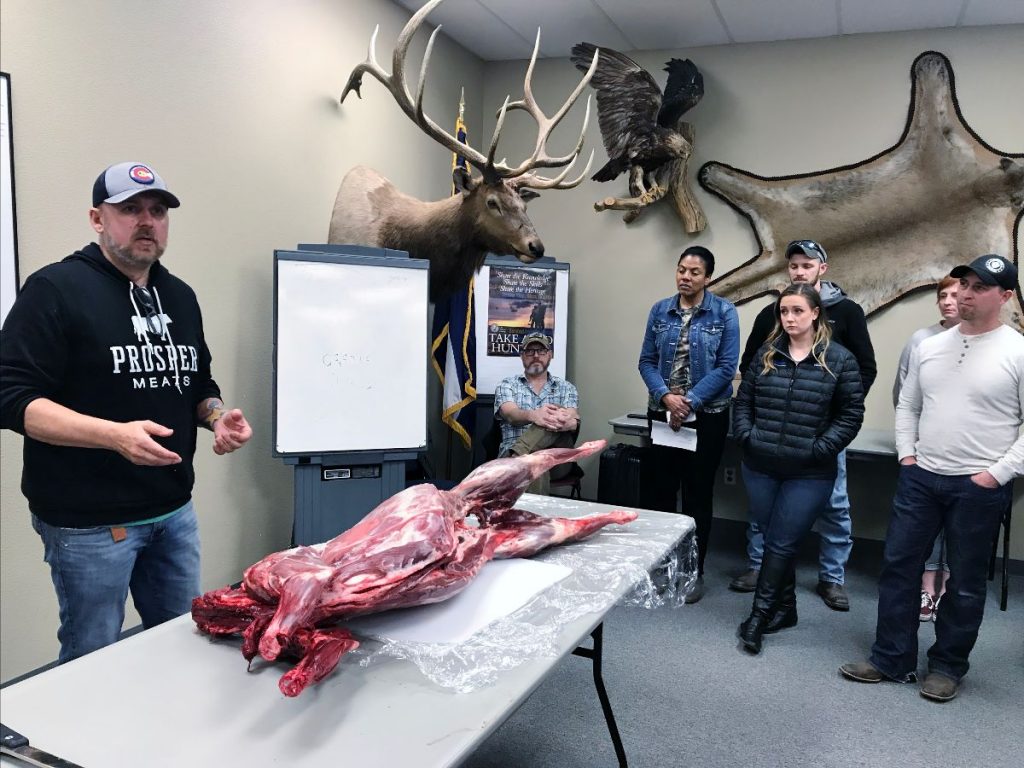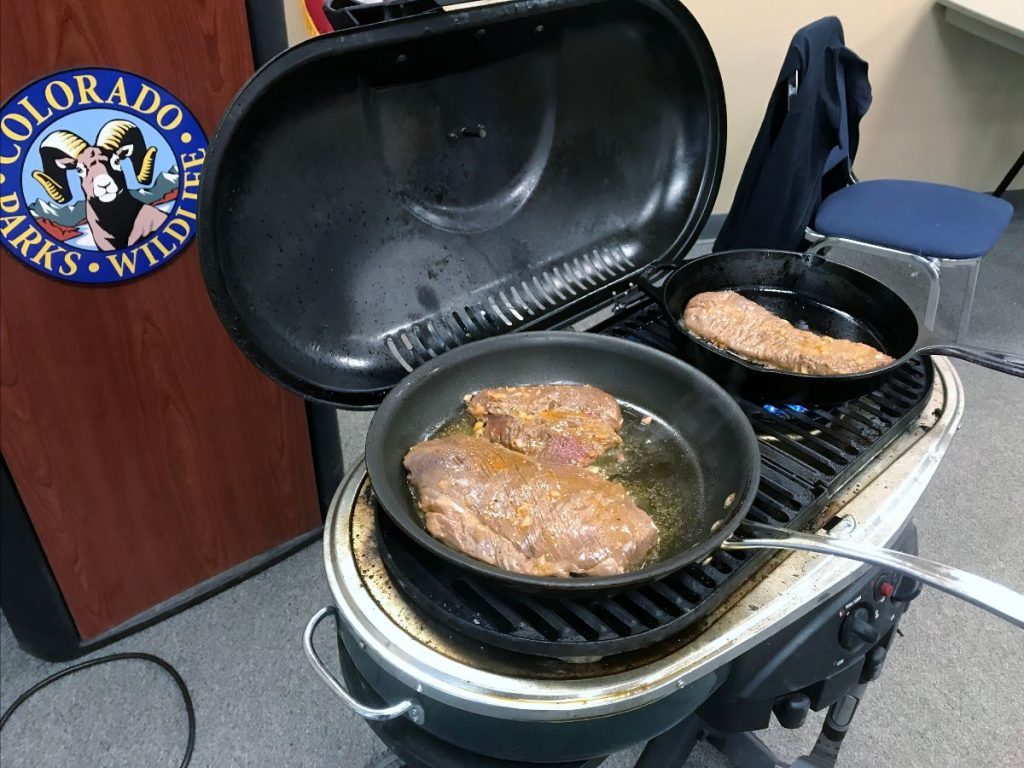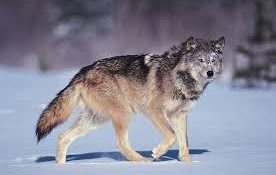On March 3, 2020, Arapahoe County will hold a Presidential Primary election, which will determine the presidential nominees for each political party. All active voters will receive a ballot the week of Feb. 10, 2020. There are recent changes to Colorado’s presidential primary process, so read on to make sure you’re ready for the election on March 3.
The most comprehensive voter information for Arapahoe County can be found at arapahoevotes.com.
Update your voter registration
Make sure your voter registration is active and your mailing address is current by visiting www.govotecolorado.gov. The County uses this information to mail your ballot to you. Please note that ballots are not forwarded even if you have submitted a Change of Address form to the U.S. Postal Service.
Watch your mailbox
Ballots will be mailed to active registered voters the week of Feb. 10, 2020. Please allow one full week for your ballot to arrive.
If you do not receive your mail ballot, please visit www.govotecolorado.gov and verify your voter registration address is correct. Update your address, if necessary, and a replacement ballot will be mailed to your new address. Ballots cannot be forwarded by the U.S. Postal Service. If you have any other issues, please contact our office at 303-795-4511.
After Feb. 24, we can no longer send ballots by mail. Instead, you must go to a Voter Service and Polling Center to update your registration and request a ballot.
Who is on the ballot?
The Colorado Secretary of State maintains candidate information. Please visit the Secretary of State website for a list of candidates who have been certified to their respective Democratic and Republican party ballots.
Which ballot will I receive?
Colorado has not held a presidential primary election since the year 2000. In 2016, Proposition 107 recreated and reenacted state laws allowing for presidential primaries. As noted above, all active voters will receive a mail ballot for the Presidential Primary to be held on March 3. The ballot you receive is based upon your party affiliation. In brief:
- If you are registered with a major party, you will get that party’s ballot.
- If you are unaffiliated and have elected to receive a specific party ballot, you will get that party’s ballot. Visit www.govotecolorado.gov to declare a major party ballot preference.
- If you are unaffiliated and have no preference, you will get both major party ballots. Please note: you may only return a ballot for one party. If two voted ballots are returned, neither will count.
- There are no minor party candidates for the March 3 Presidential Primary. So, if you are unaffiliated and have indicated a preference of a minor party, you will get both major party ballots. Please note: you may only return a ballot for one party. If two voted ballots are returned, neither will count.
- If you are affiliated with a minor party, you will not get a ballot.
To check your affiliation status, or to declare an affiliation or party preference, please visit www.govotecolorado.gov or visit a Voter Service and Polling Center.
I’m 17. Can I vote in the Presidential Primary?
Perhaps! The Colorado Votes Act (HB 19-1278), which took effect in August 2019, allows 17-year-olds to vote in state and presidential primary elections as long as they’ll turn 18 by the general election, Nov. 3. Seventeen year olds who turn 18 after Nov. 3 cannot vote in this year’s primary elections.
How to vote
There are two ways you can vote:
- Complete your mail ballot and return to a 24-hour drop box, Voter Service Polling Center or U.S. Postal Service. You can find available Voter Service Polling Center locations near you on our website. Ballots must be received no later than 7 p.m. on March 3, 2020.
- You can vote in person at a Voter Service Polling Center. Be sure to check VSPC open hours before you go. VSPCs will be open on Tuesday, March 3, from 7 a.m. to 7 p.m.
How to return your mail ballot
Once you’ve made your selections and sealed and signed your envelope, it’s time to return your ballot to Arapahoe County Elections. You have three options:
- You can return your sealed ballot to any of our drop-off locations by 7 p.m. on March 3. No postage is required to use a 24-hour ballot box. Ballot boxes are open Feb. 10–March 3, 2020 at 7 p.m. MST.
- You can return your sealed ballot to any of our Voter Service and Polling Centers by 7 p.m. on Tuesday, March 3.
- Send your sealed ballot back by mail. You’ll need to include postage, which should cost .55 cents.
Want to track your ballot?
You can now track your ballot through the counting process by visiting our website. Ballot Track gives you the status of your mail ballot in any election. The system uses the barcode on the outside of your ballot envelope, so your actual ballot and voting selections remain anonymous. You can also sign up to receive free messages by text, email or phone when your ballot is:
- Mailed to you
- Received by the Postal Service
- Received by Arapahoe County Elections
You would also receive a message if your ballot is returned as undeliverable by the Postal Service.
Privacy of voter information
Arapahoe County and the State of Colorado are required by law to maintain a variety of information about registered voters. Some of this information is considered public record and must be provided to people who ask for it. Voter registration records are public records, although some personal information contained in voter registration records remains private. To learn more about your privacy selections, visit our website.
SPREAD THE NEWS
COMMENT, Like, Follow & SHARE @I70Scout
CURRENT EDITION
WEATHER & TRAFFIC PUZZLES RECENT NEWS ADVERTISE WITH US














